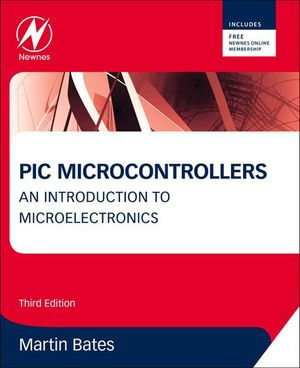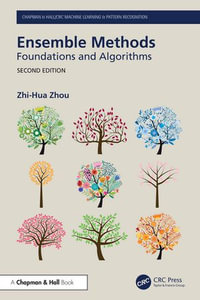
eTEXT
PIC Microcontrollers
An Introduction to Microelectronics
By: Martin P. Bates
eText | 2 September 2011 | Edition Number 3
At a Glance
eText
$49.95
or
Instant online reading in your Booktopia eTextbook Library *
Read online on
Desktop
Tablet
Mobile
Not downloadable to your eReader or an app
Why choose an eTextbook?
Instant Access *
Purchase and read your book immediately
Read Aloud
Listen and follow along as Bookshelf reads to you
Study Tools
Built-in study tools like highlights and more
* eTextbooks are not downloadable to your eReader or an app and can be accessed via web browsers only. You must be connected to the internet and have no technical issues with your device or browser that could prevent the eTextbook from operating.
ISBN: 9780080969169
ISBN-10: 008096916X
Published: 2nd September 2011
Format: ePUB
Language: English
Number of Pages: 456
Publisher: Elsevier S & T
Edition Number: 3
You Can Find This eBook In
This product is categorised by
- Non-FictionComputing & I.T.Graphical & Digital Media ApplicationsDigital Animation
- Non-FictionEngineering & TechnologyElectronics & Communications EngineeringElectronics EngineeringAutomatic Control Engineering
- Non-FictionEngineering & TechnologyElectronics & Communications EngineeringElectronics EngineeringCircuits & Components
- Non-FictionEngineering & TechnologyElectronics & Communications EngineeringElectronics EngineeringElectronic Devices & MaterialsMicroprocessors
- Non-FictionEngineering & TechnologyElectronics & Communications EngineeringElectronics Engineering























